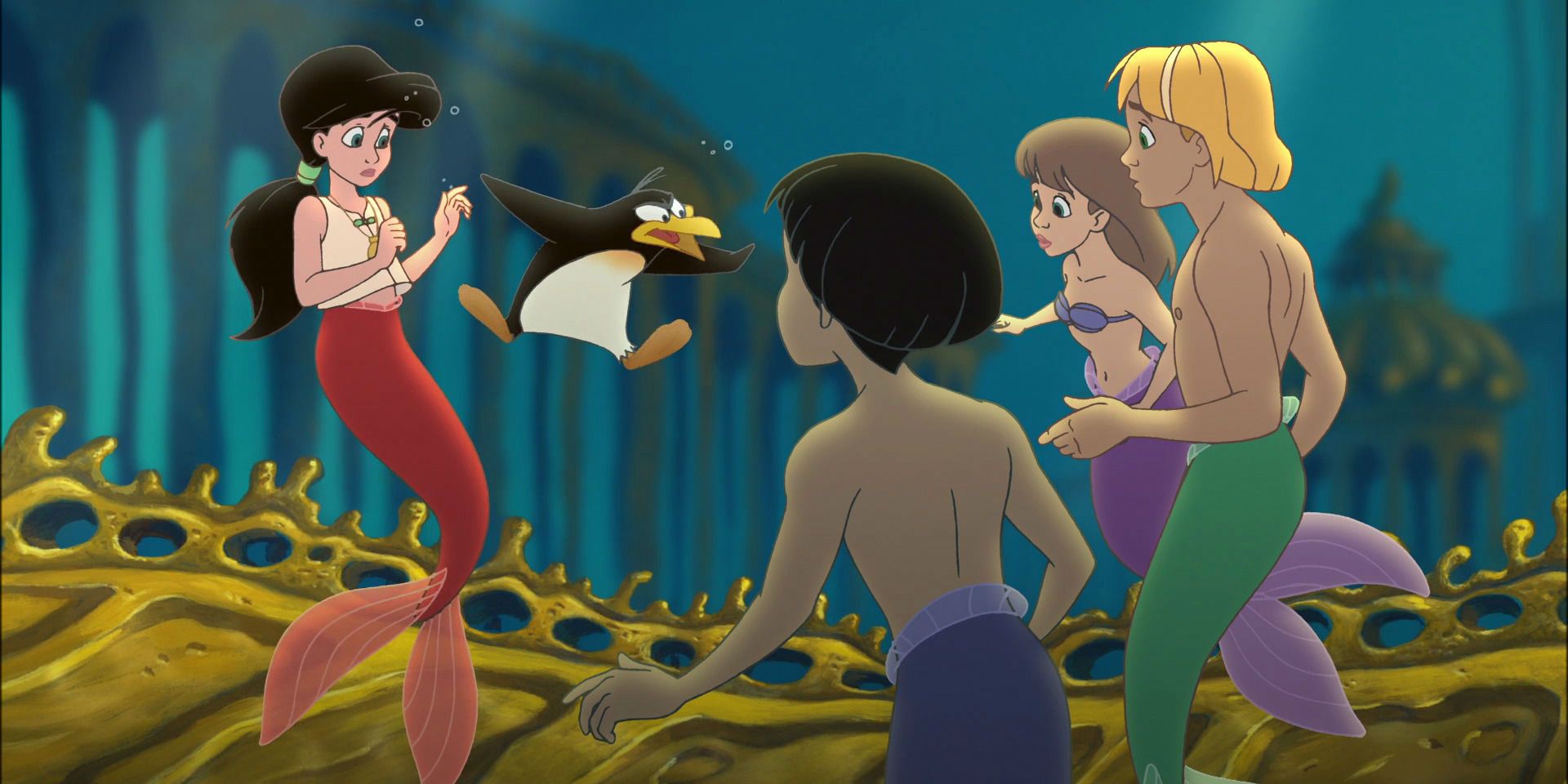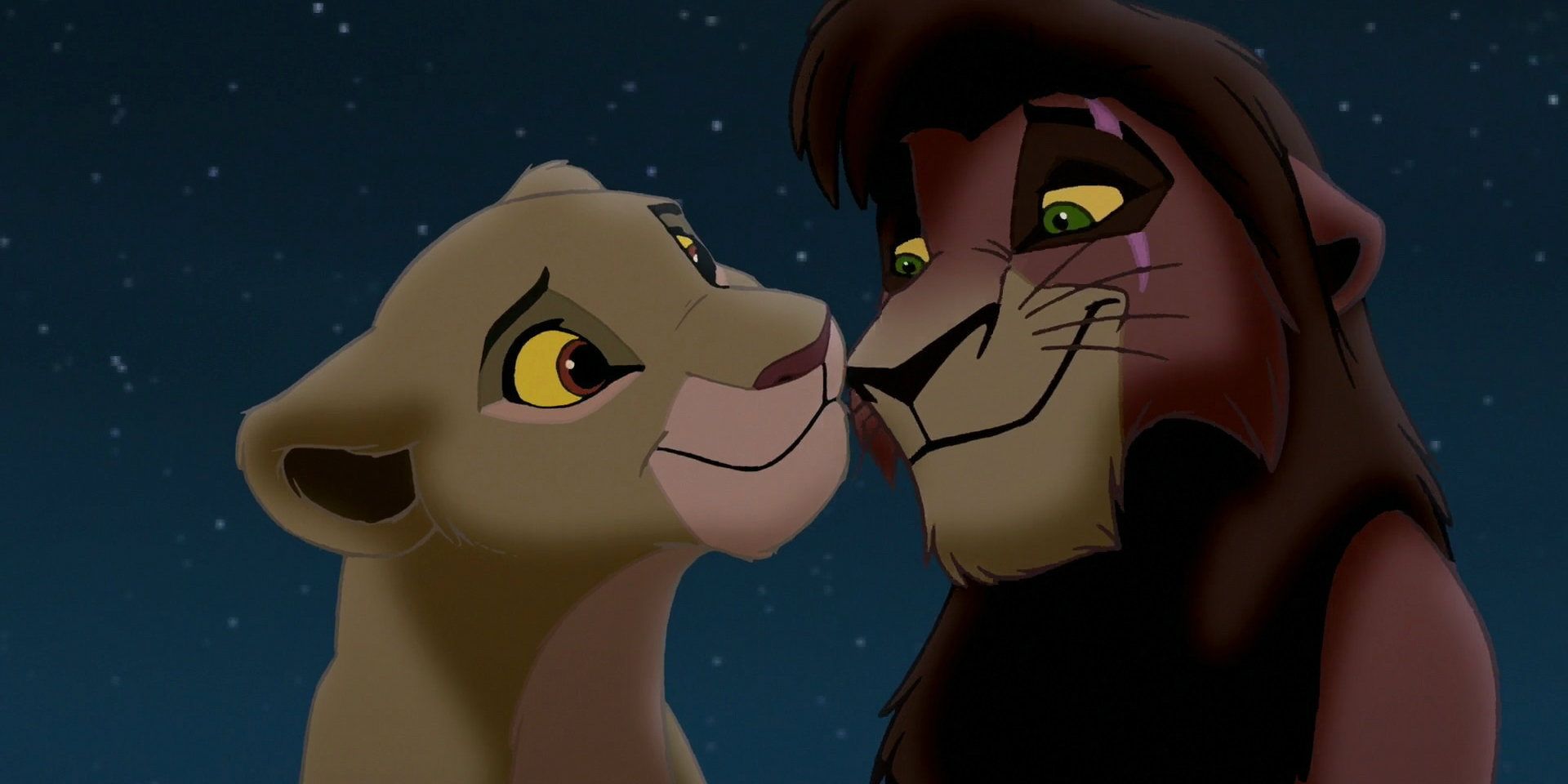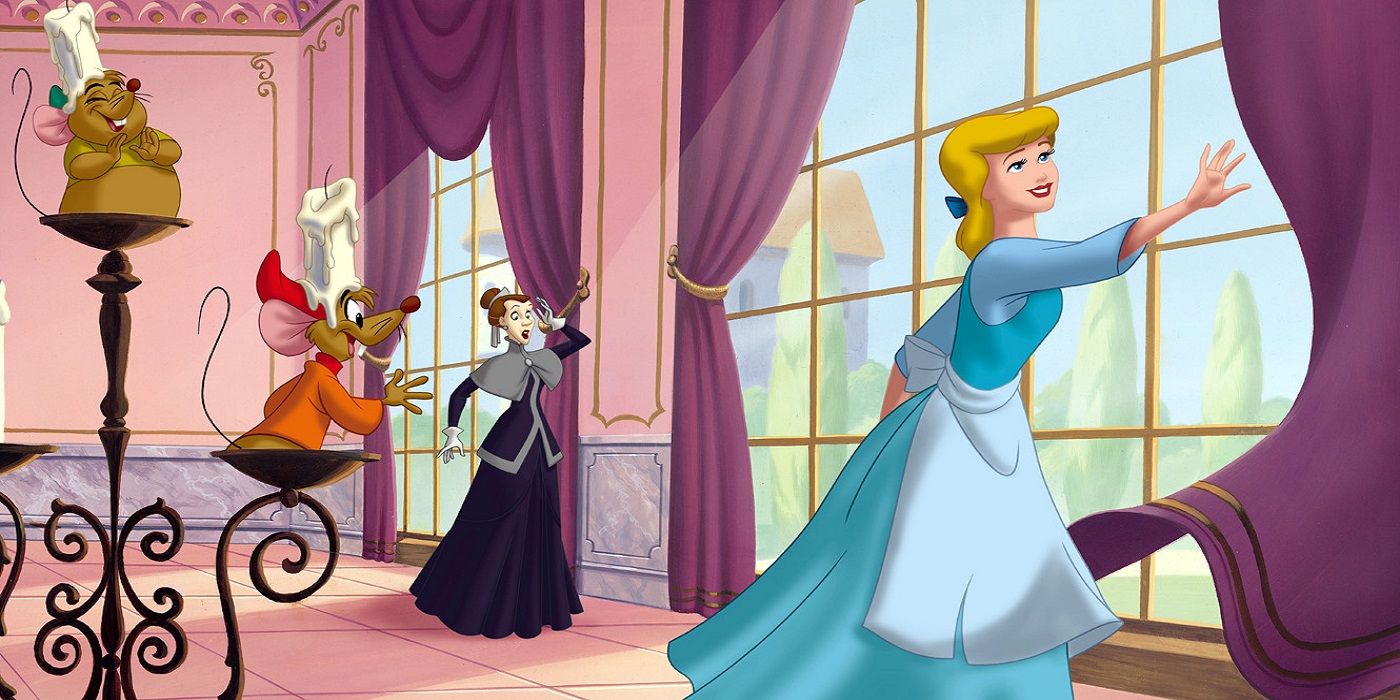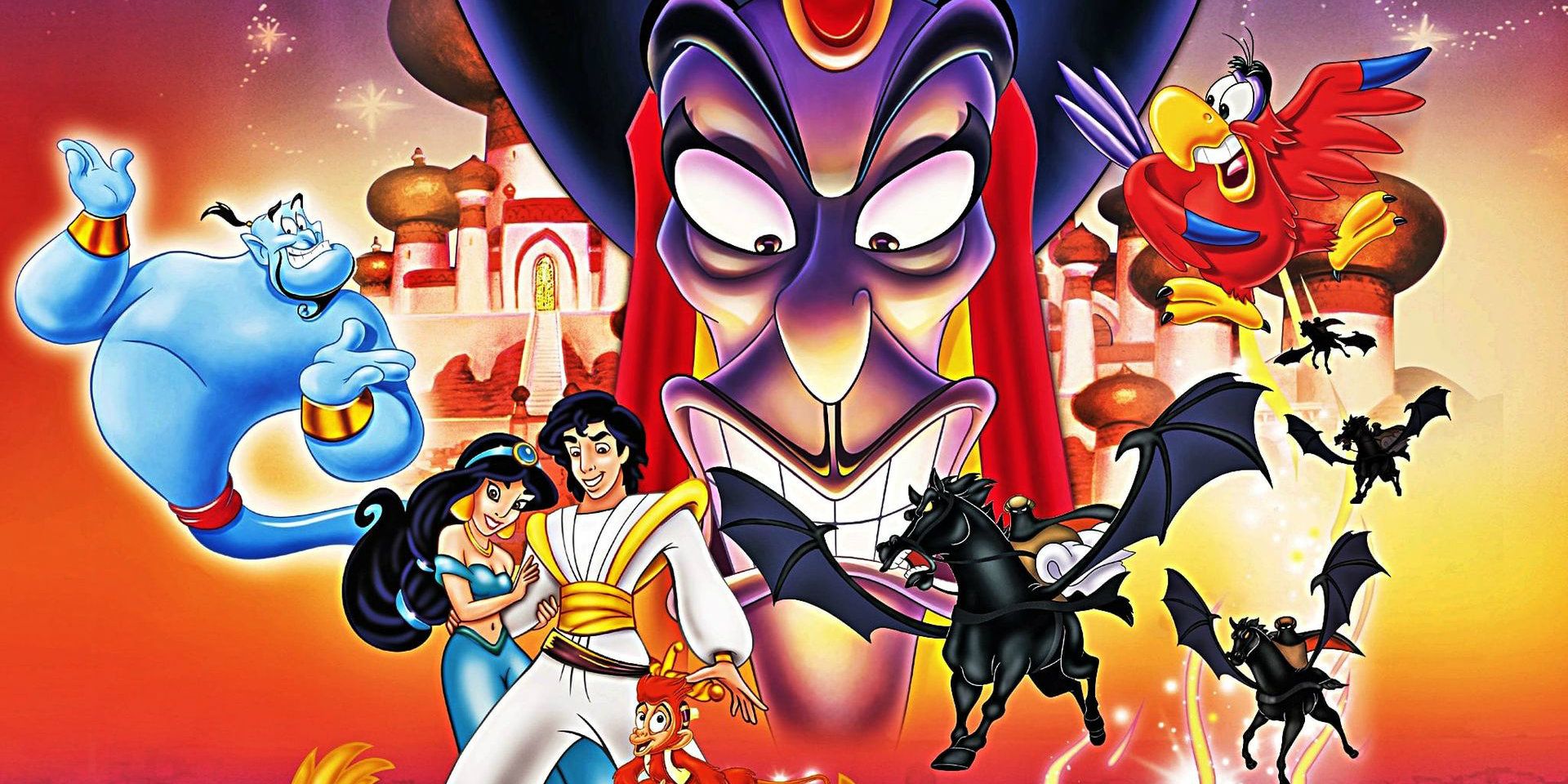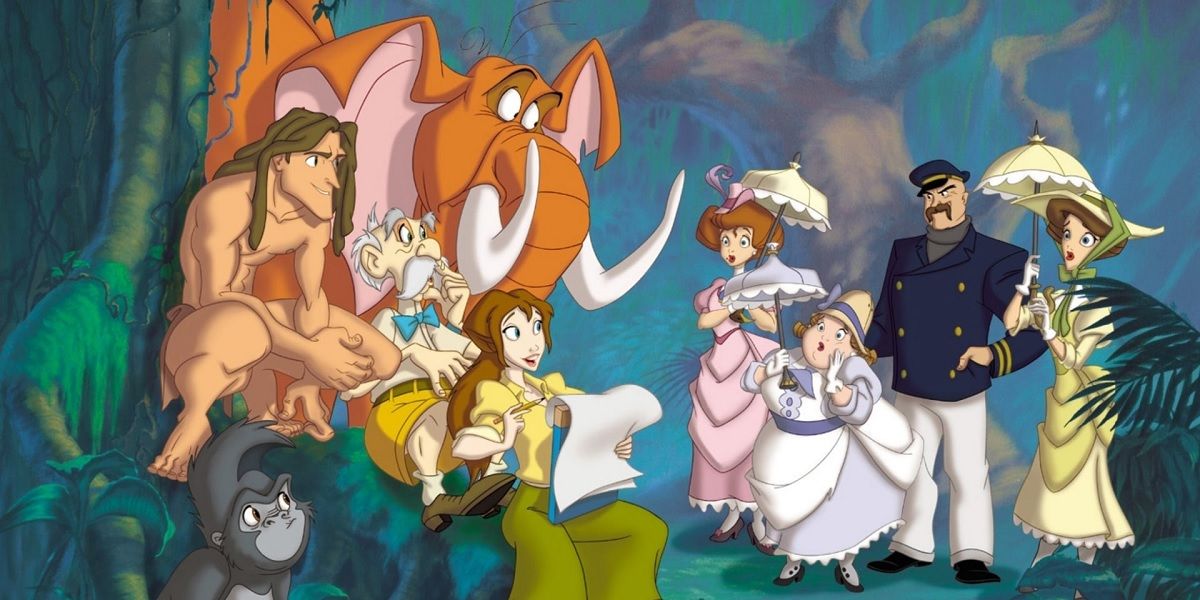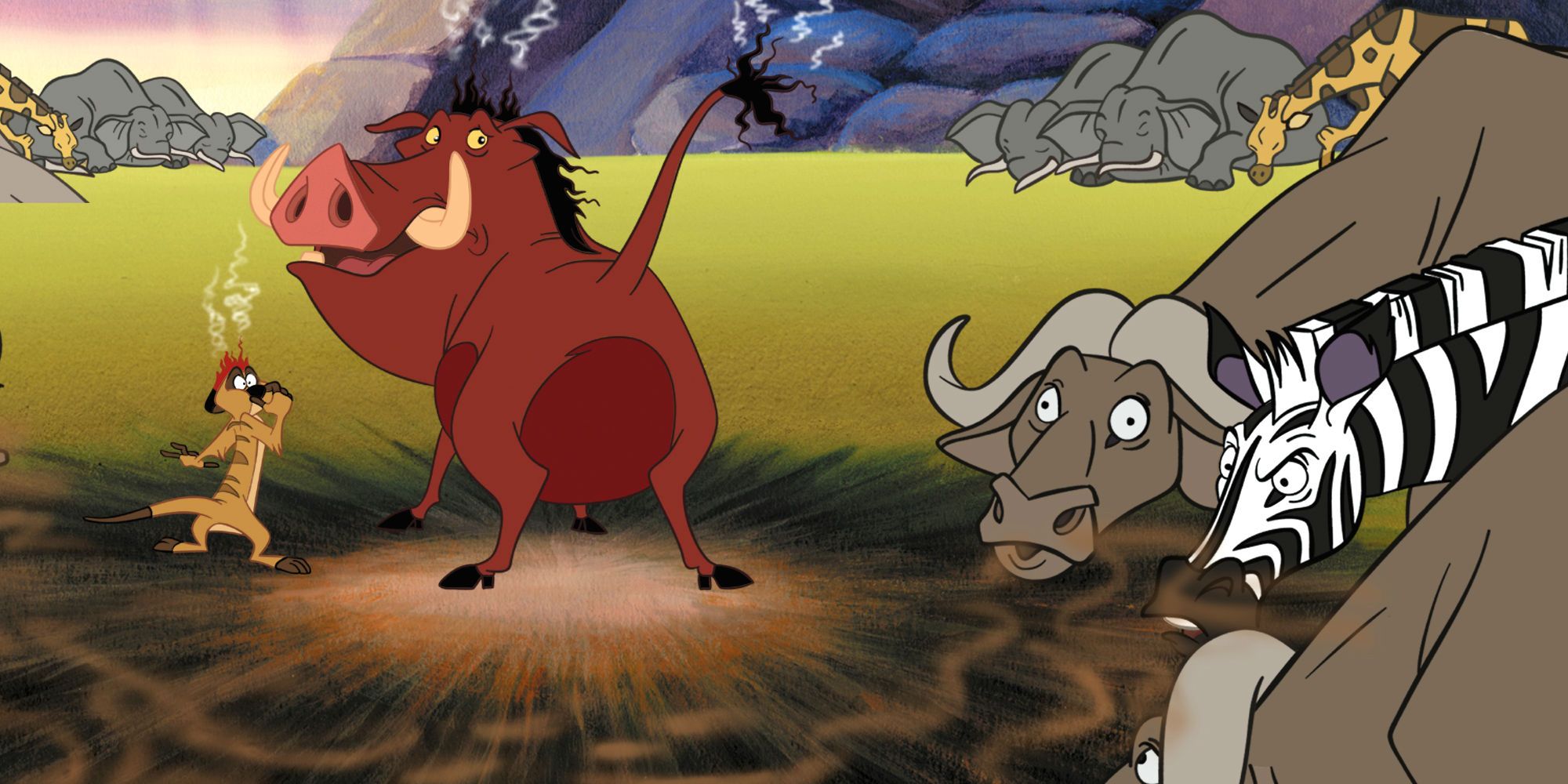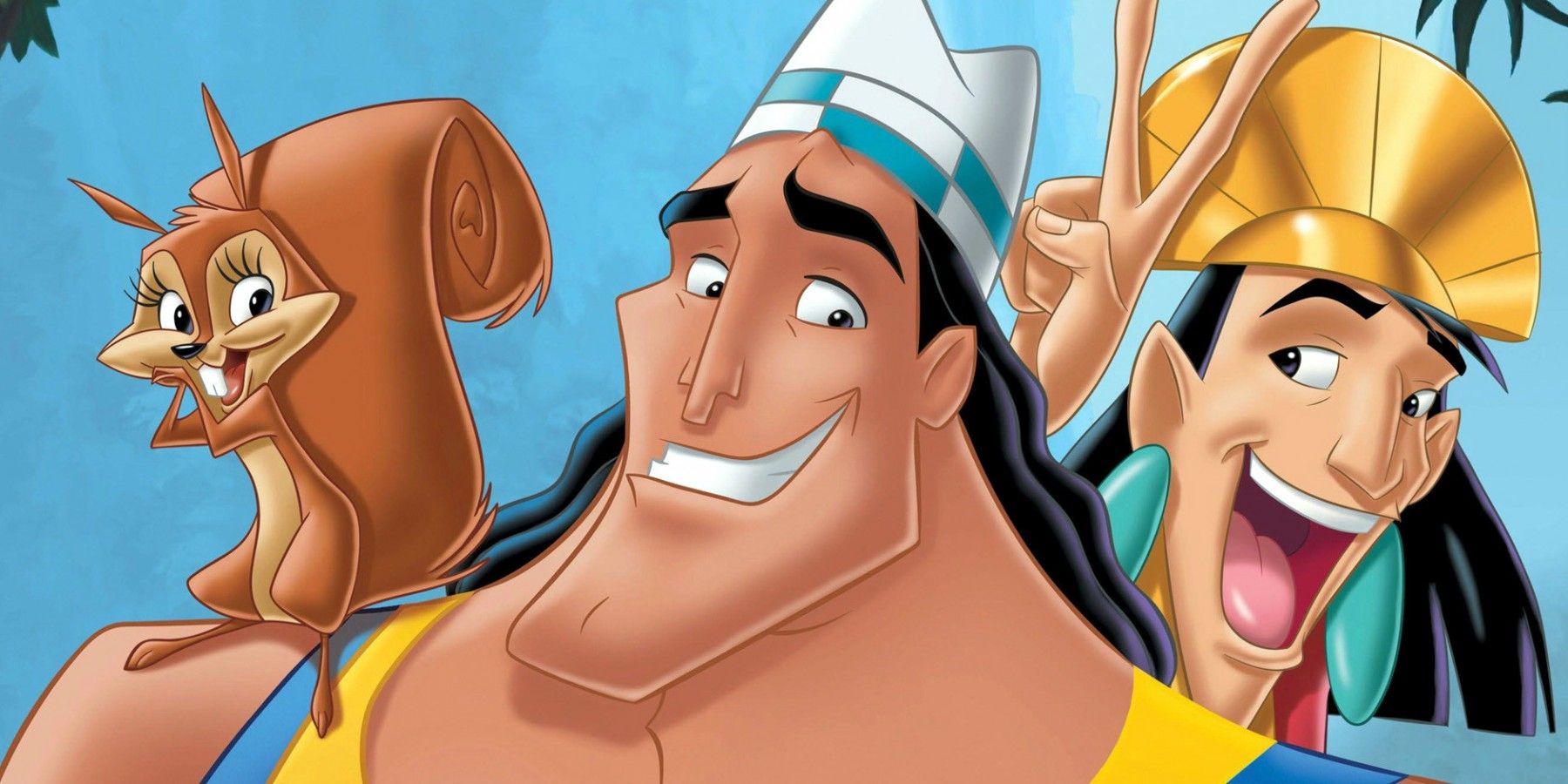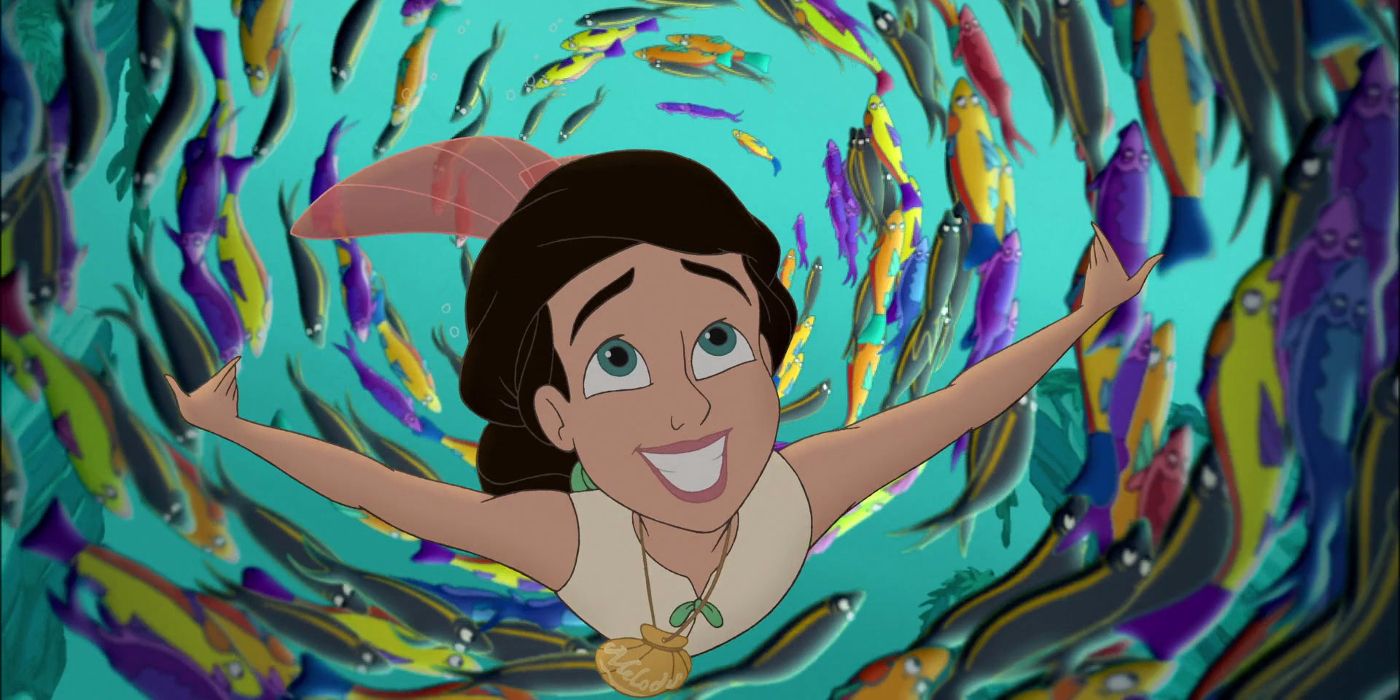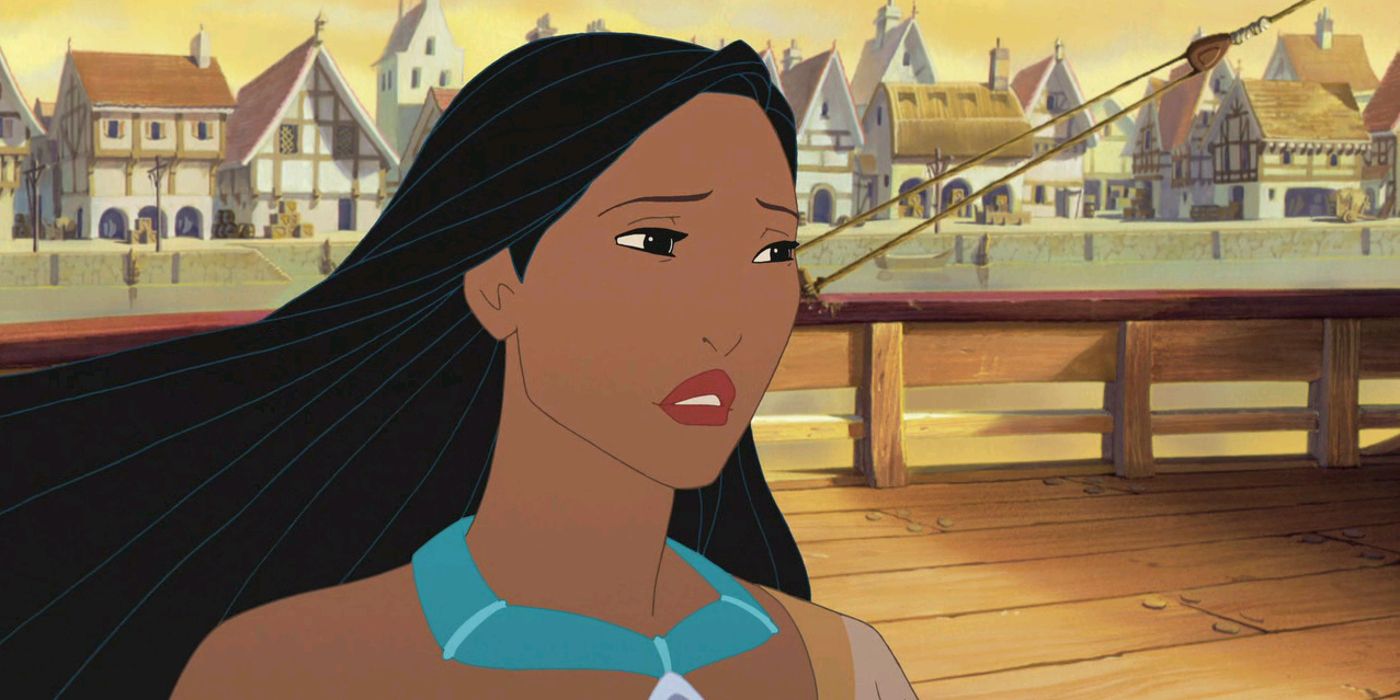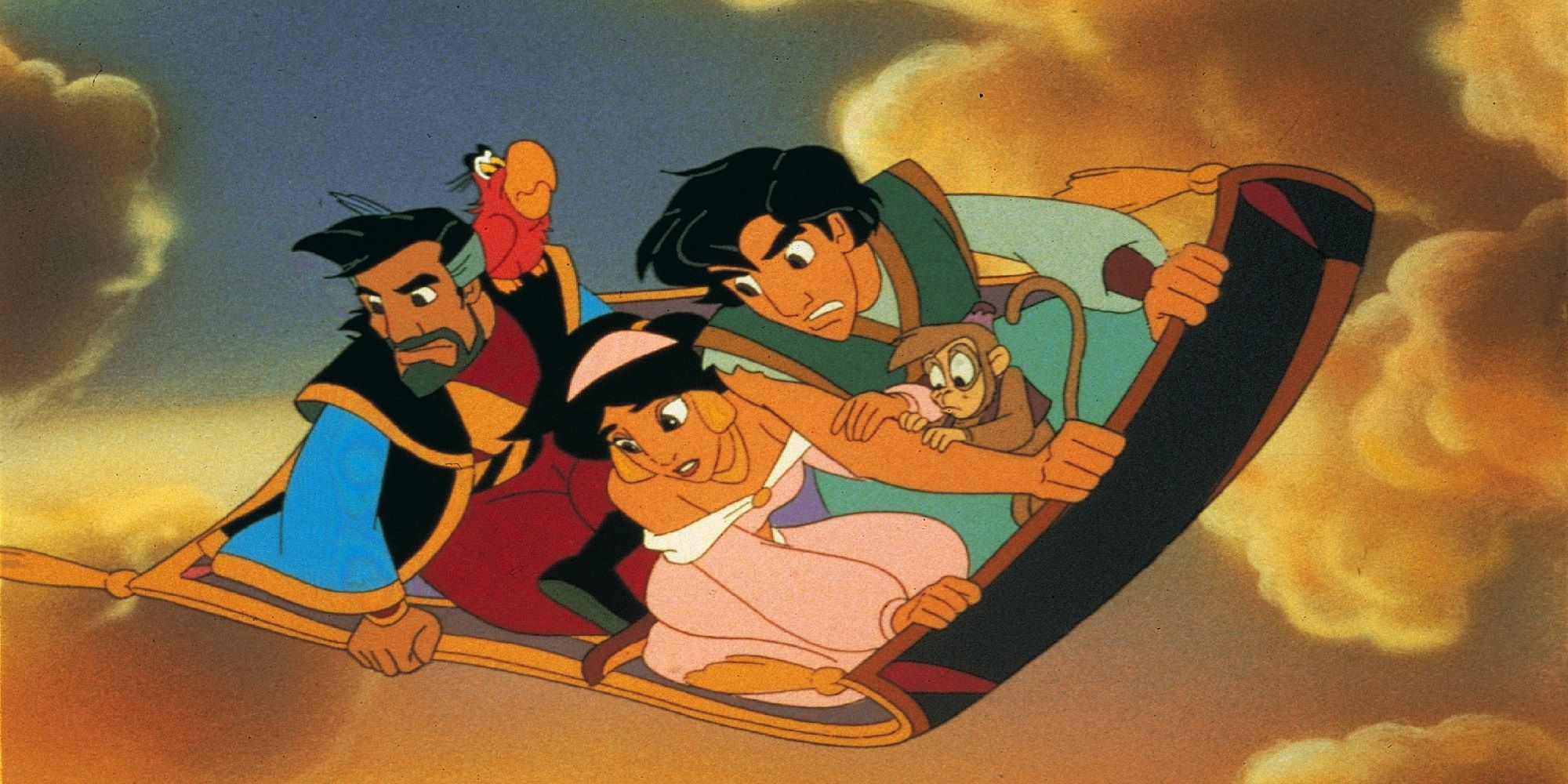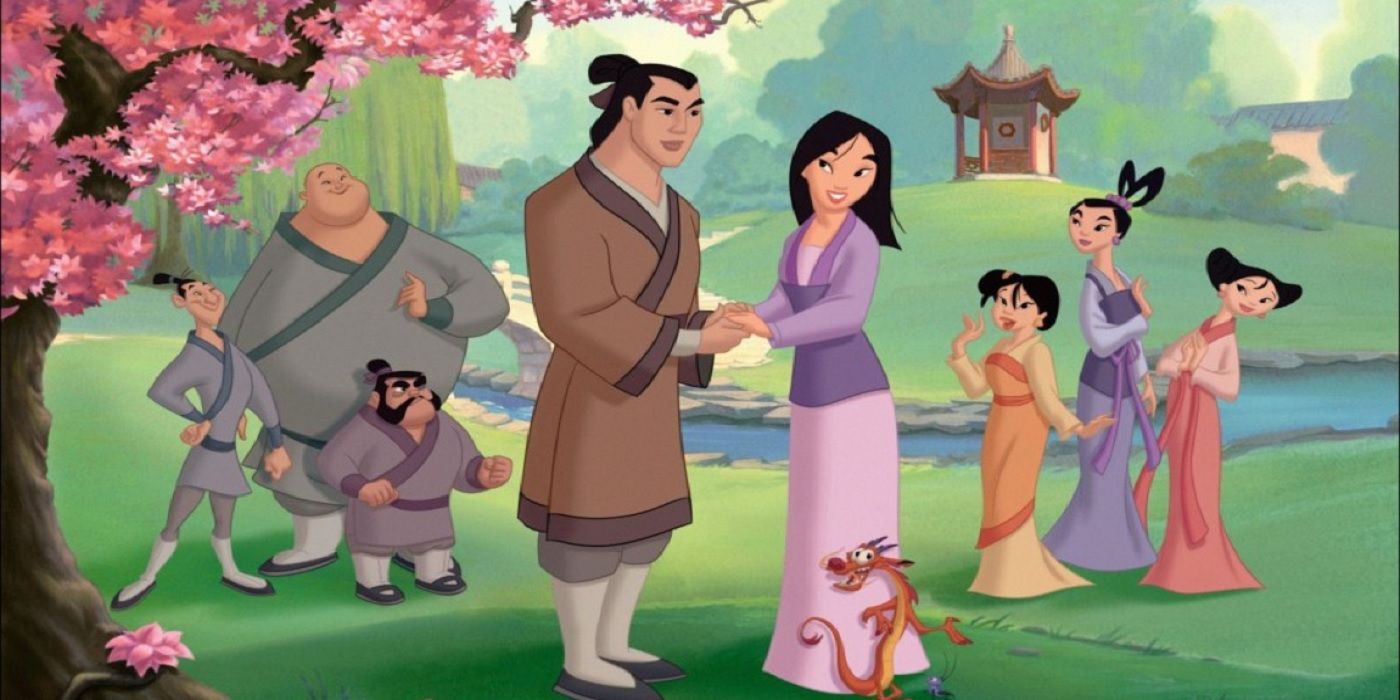More than any other animation studio out there, Disney is renowned for its production of theatrically released animated films that become instant cultural classics. For nearly a century now, Disney has been producing tales of princesses and princes, fabled mythic heroes and talking animals, families and friends and love stories alike. Year after year, Disney films are released and become beloved and immortalized within the world of the Disney canon.
Starting in the mid 1990s, however, Disney began to experiment with something else: the art form known as the direct-to-video (and later direct-to-DVD) sequel. Some of its most successful theatrical releases - both from the modern eras, and the classical titles - began to receive direct-to-home releases continuing the stories of the beloved films. Here, we review the best and worst entries into the Disney canon from these home releases.
Best: The Lion King II: Simba's Pride
The Lion King remains one of the most successful and beloved Disney films of all time, even after all these years. Introducing iconic characters like Simba, Nala, Timon, and Pumbaa to the world, the cultural contributions that The Lion King made cannot be overstated. It was also one of the rare Disney films to be lucky enough to receive a direct-to-video sequel worthy of bearing its predecessor's name.
The 1998 direct-to-video film The Lion King II: Simba's Pride continues the story of The Lion King, picking up with the next generation of characters, including Simba and Nala's daughter Kiara and the wild, unexpected love interest Kovu. The movie explores a forbidden love between the next generation of the Pridelands and the Shadowlands, and offers a more nuanced overall story of betrayal and redemption than most mainstream Disney films have.
Avoid: Cinderella II: Dreams Come True
Cinderella is one of the most beloved of all the classic Disney films. Released nearly 70 years ago in 1950, the film has stood the test of time and remains one of the most iconic representations of fairytales, princesses, and romance alike. It took 52 years for a direct-to-video sequel to be made - but based on just how bad the sequel itself is, Disney would have been better off never producing one at all.
The 2002 direct-to-video release Cinderella II: Dreams Come True is both fundamentally misguided and dreadfully boring. Split into three segments, the film follows the day to day lives of Cinderella, Jaq, and Anastasia. Cinderella's segment revolves around her learning her stereotypical duties as a woman in the royal family; Jaq's storyline features him being transformed into a human being for a day; and Anastasia receives entirely out-of-character arcs that feature her being redeemed through the love of a poor man.
Best: The Return of Jafar
Long before Disney was thinking about adapting its successful animated film Aladdin into a live action version, it used the film to pilot its direct-to-video film series. The first direct-to-video sequel, The Return of Jafar, was released by Disney in 1994, and featured some storytelling that stands out as some of the most sophisticated adventures and character development in all of the Disney canon.
While hindered by the fact that it doesn't feature Robin Williams reprising his role as the Genie, The Return of Jafar nevertheless features a compelling return of the villainous Jafar; a truly amusing and inept new villain in Jason Alexander's Abis Mal; a true redemption arc for the loyal sidekick Iago; and important emotional growth for Aladdin and Jasmine both, as their relationship grows stronger.
Avoid: Tarzan & Jane
The 1999 theatrically released film Tarzan remains one of the most underrated hidden gems that Disney has produced to this day. Unfortunately, the same cannot be said for the 2002 direct-to-video sequel, Tarzan & Jane. Beyond featuring much more simplified and less nuanced animation, Tarzan & Jane also features truly lackluster stories, and downright obnoxious characters.
The film's overarching narrative of Tarzan and Jane's wedding anniversary is sweet, and would make for a cute story book, if not an entire feature film. But the three contained stories told within the full film's narrative introduce loathsome character after loathsome character, continuing the film's central conceit of outsiders as threats to the stability of Tarzan's world, without offering any meaningful character development or insight.
Best: The Lion King 1 1/2
While The Lion King II: Simba's Pride continues the story of The Lion King where it left off, The Lion King 1 1/2 represents a truly new venture for Disney, and stands as one of its most thematically creative films to date. Released in 2004, the film features the perspective of everyone's favorite meerkat and warthog duo, Timon and Pumbaa, and their metatextual narration and point of view of the first The Lion King film.
The film itself contains the narrative of Timon and Pumbaa watching the movie in a movie theatre, fast forwarding and rewinding the movie to get to scenes they want to talk about or "tell the truth about," and offering their own comedic spin on some of the movie's more serious moments. It's unlike any Disney movie that came before it, or has come since its release, and it's full of laughs from start to finish.
Avoid: Kronk’s New Groove
The 2000 Disney film The Emperor's New Groove is an incredibly quirky and darkly humorous entry in Disney's post-Renaissance canon, featuring countless vibrant characters and incredible voice acting performances. One of the best characters and performances alike comes from Patrick Warburton in the role of the dim-witted but good-natured henchman, Kronk. In 2005, Disney gave Kronk his own direct-to-video sequel, Kronk's New Groove.
Unfortunately, while Kronk may have been a real highlight of the original film, he serves as the biggest hindrance to the direct-to-video sequel. Kronk isn't interesting enough to sustain his own film, as it goes on to follow his adventures as a camp counselor and his many attempts at earning his father's approval. These are odd storylines to tell in a Disney animated film - especially with a character who was never taken seriously before.
Best: The Little Mermaid II: Return to the Sea
As yet another direct-to-video sequel that picks up with the next generation of the original film's beloved characters, The Little Mermaid II: Return to the Sea follows a truly emotionally compelling narrative, almost as compelling as the original The Little Mermaid film itself. Now centered on Princess Melody, the daughter of Ariel and Prince Eric, The Little Mermaid II explores the opposite problem that Ariel had: how is Melody supposed to choose between life on land or underwater, when she's never been able to live underwater the way her mother did?
The film also features a fearsome villain in the form of Ursula's sister, Morgana, and some truly lovable new supporting characters, including a penguin named Tip and a walrus named Dash. Melody is one of Disney's most compelling young female heroines, following perfectly in her parents' footsteps.
Avoid: Pocahontas II: Journey to a New World
The Disney classic film Pocahontas might not be the most historically accurate of historical films, but it has nevertheless become a beloved member of Disney canon and fandom alike. The same is not true for the slightly more historically faithful but truly unbearable sequel, Pocahontas II: Journey to a New World.
The original Pocahontas may have been riddled with historical inaccuracies, particularly in the form of the sweeping ill-fated romance between Pocahontas and John Smith. But its storylines were deeply emotional and beautifully portrayed. By contrast, the characters in Pocahontas II feel profoundly flat, devoid of the vibrance that made the original film so truly mesmerizing - and the more historically faithful romance between Pocahontas and John Rolfe just truly never compares.
Best: Aladdin and the King of Thieves
The Return of Jafar was a great sequel to the hit film Aladdin, but the third film in the Aladdin trilogy, Aladdin and the King of Thieves, takes the franchise to new emotionally sophisticated heights. Released in 1996, the film also features the important return of Robin Williams as Genie, following his absence from the previous sequel film. Aladdin and the King of Thieves introduces an important part of Aladdin's backstory in the form of his absentee father, Cassim.
A lifelong thief and outlaw, Cassim has worked his way up to the status of King of Thieves, and thus presents a real conflict for Aladdin to deal with, as his own royal wedding is approaching and his father is a wanted man. Cassim learns to prioritize family over money, and Aladdin is finally able to reconcile his unfinished past with his approaching future.
Avoid: Mulan II
The 1998 animated film Mulan is perhaps one of the closest to completely perfect films that Disney has ever made. From its strong cast of characters, to its stunning visuals, to its rousing soundtrack, it's all but impossible to find any faults or flaws in the film. Unfortunately, Mulan II might just be one of the worst movies Disney has ever made, in terms of shoddy animation, useless new characters, and the total destruction of characters who had been in the original film.
Perhaps the worst part of the film overall is its treatment of Mushu. Once a loyal and beloved companion, Mushu is portrayed as entirely selfish, becoming a quasi antagonist as he works to prevent Mulan and Shang from getting married out of the fear that Mulan will no longer need his ancestral guidance. Much of the film is dependent upon the lazy convention of failures to communicate, making it more than difficult to get through.

